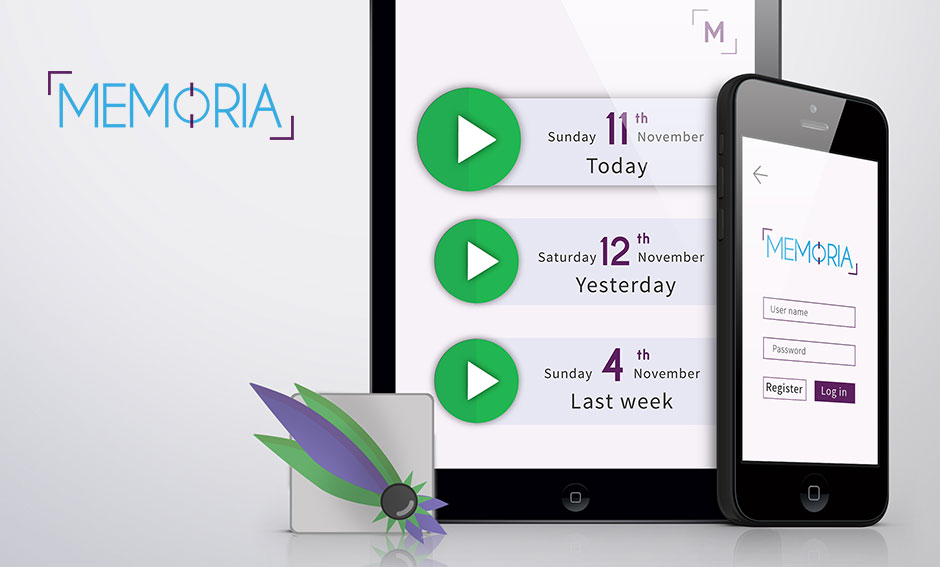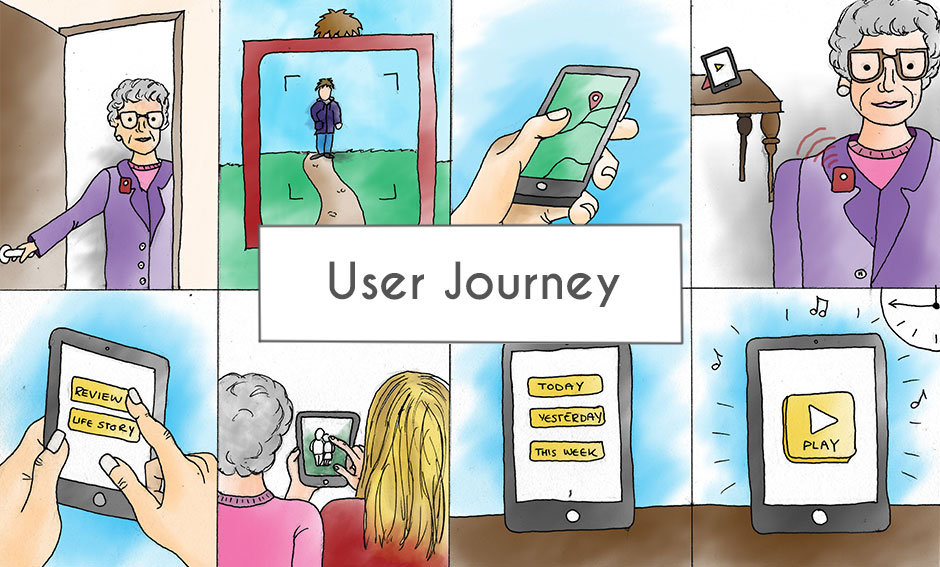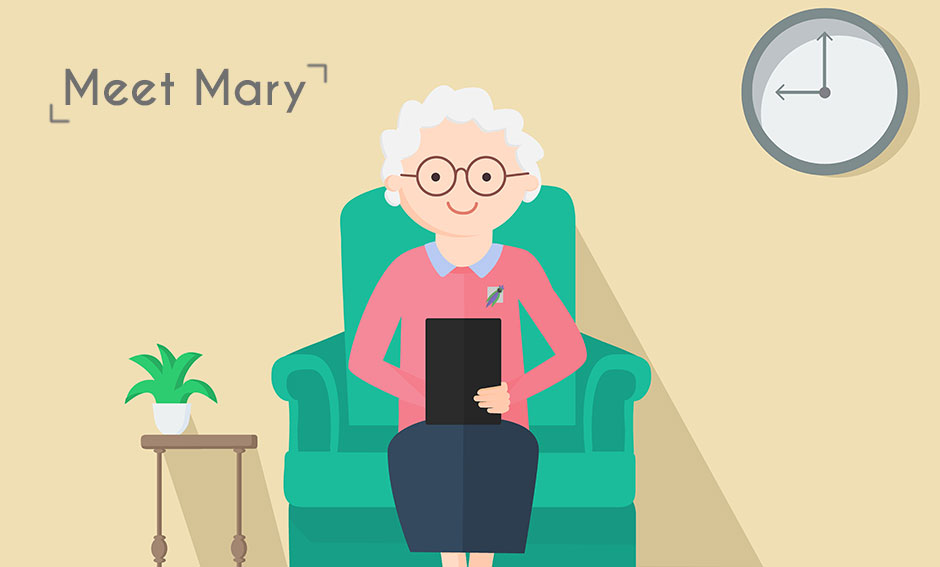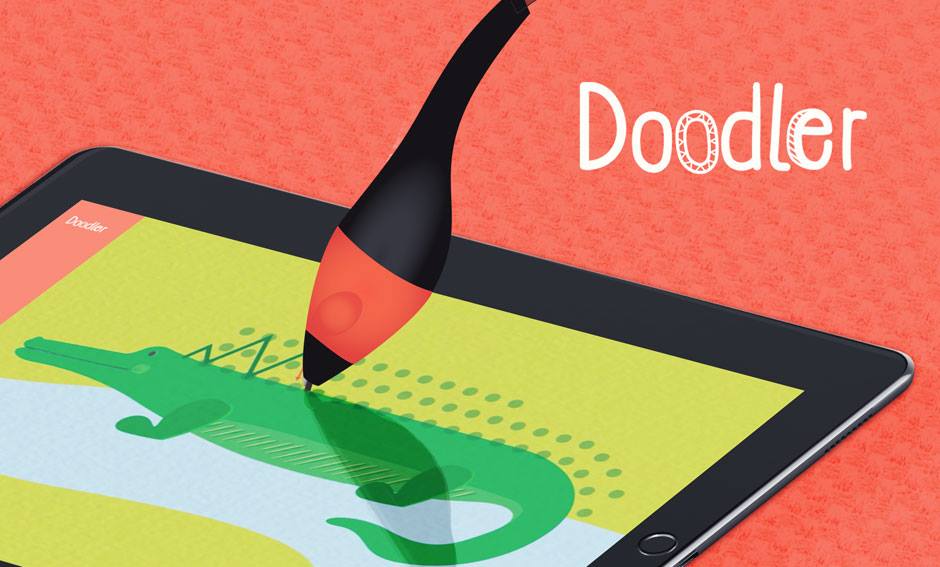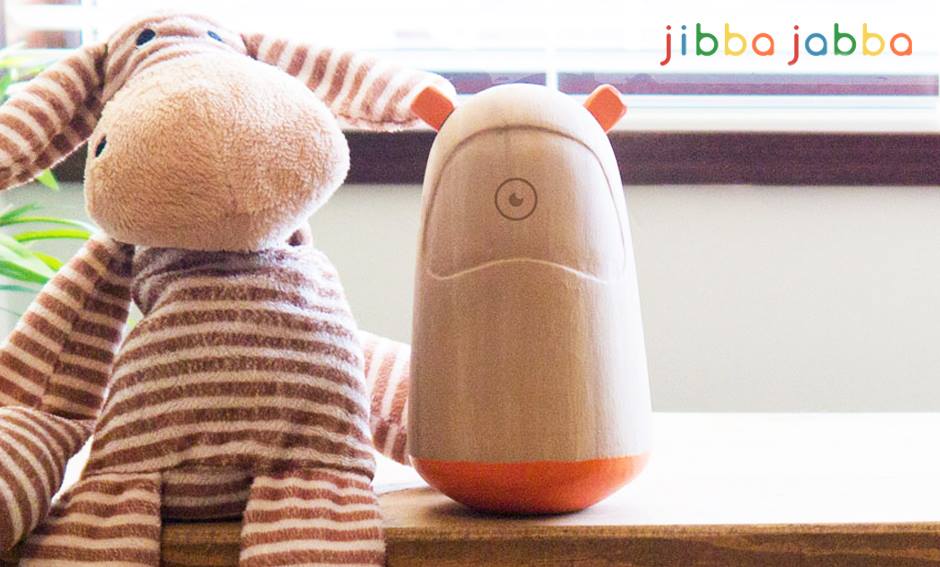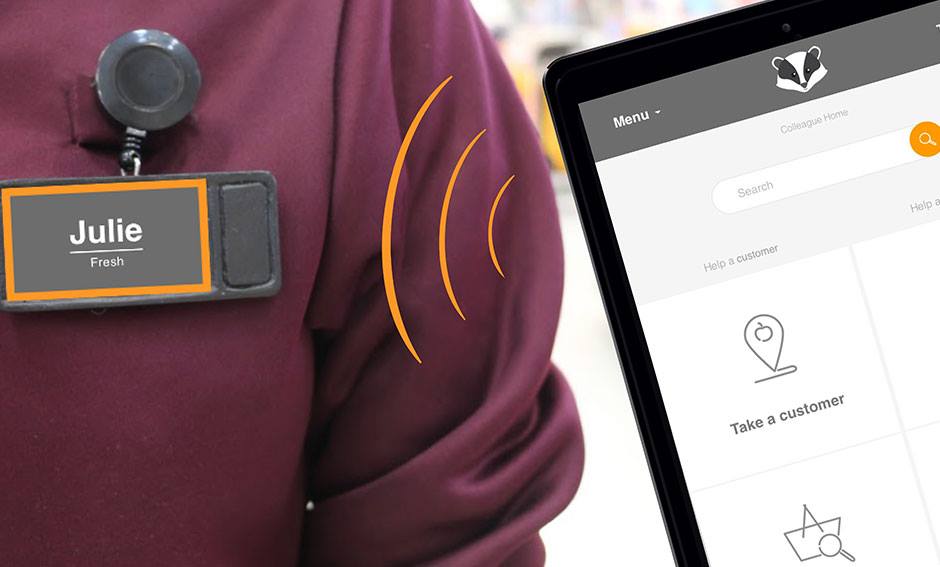Loading...
A wearable camera and accompanying tablet app designed to capture Dementia patients memories.
Discovery
It was key to learn about the nature of the audience, their vulnerabilities and limits. Looking into dementia as a condition alongside additional restrictions like screen readers. Using qualitative research methods to also understand the outer circle of care received and who a dementia diagnosis may effect and how.User-centred App Development
From initial wire frame to working prototype, importance was placed on considering the target audiences potential restrictions. The app has therefore been developed to be accessible with larger text and icons, alongside hamburger navigation to not over complicate the design.Wearable Technology
The wearable camera should be viewed as an aid to help the patients not a label to highlight their diagnosis. With this in mind the camera can be discreetly attached to clothing designed to appear as a fashion accessory.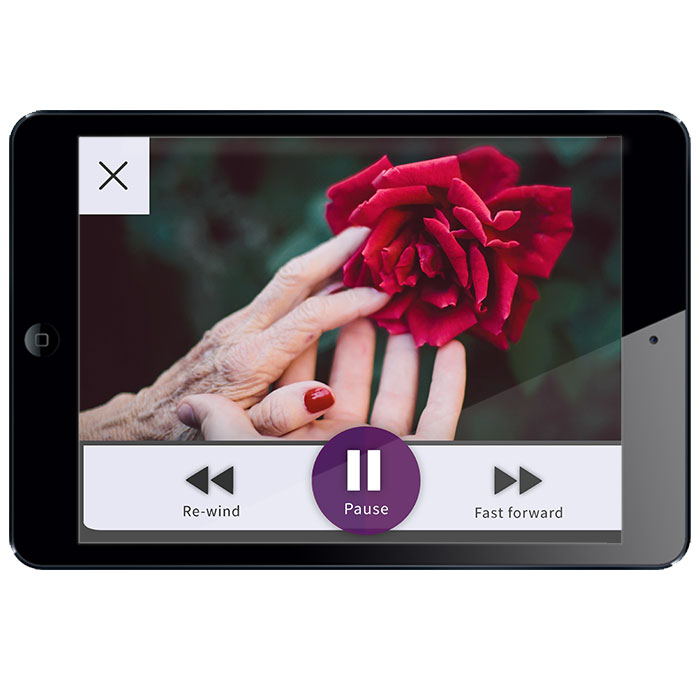
Playing back memories
The camera takes photos based on change in location, time frequency and angle of the camera, ensuring the potential vulnerability of the patient wouldn’t be exploited. Then using bluetooth, the daily images from the camera would be updated to the patients tablet, creating an automatic video reel of that day.
To promote consistency and allow the video reel of the day to become part of the patients routine, an alarm function has been incorporated. The time can be set by the carers to suit the individuals needs but then allows the video reel to be efficiently played back with a single tap. The video reel can then be watched with affordances of an old tape player to easily move between images where required.

An accompying app for carers
Giving carers peace of mind
The pen provides instant and consistent feedback to the child visually, auditory and physically. This promotes children to develop a pincer grip that research has shown is important to future development. As well as aiding children with fine motor difficulties to understand pressure and adjust the pressure accordingly, resulting in less pain while writing.Keeping family connected
All the data collected through the pen and app from each drawing the child completes is shown to the parents through simple and meaningful charts. This allows patterns to be highlighted and data shared with other professionals in the child’s support network. By using Doodler potential disabilities such as dyspraxia have the potential to be diagnosed earlier.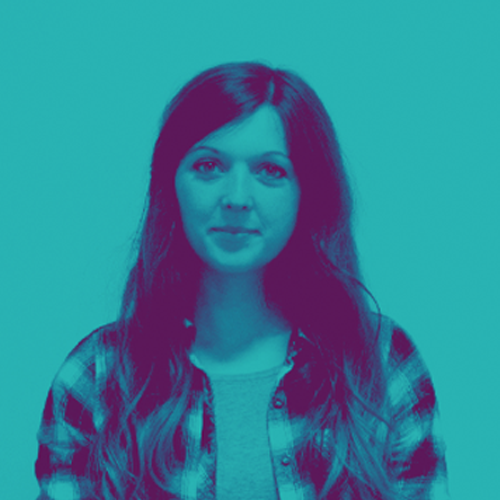
Memoria
- Creator Fiona Jacques
- Target Audience Recently diagnosed dementia patients and their care network
- Want to know more visit my portfolio site
